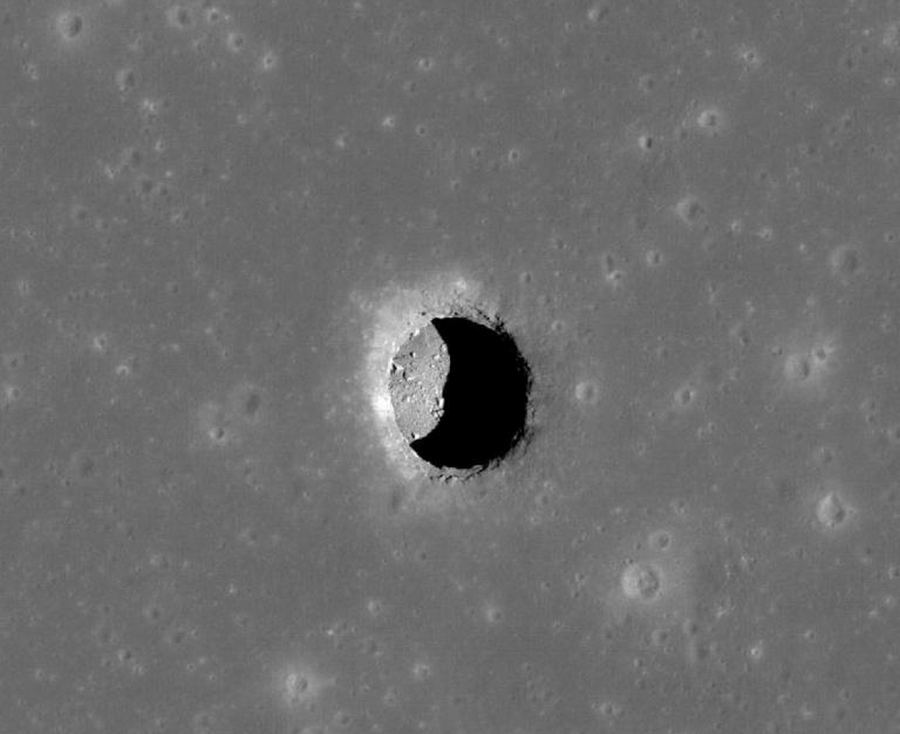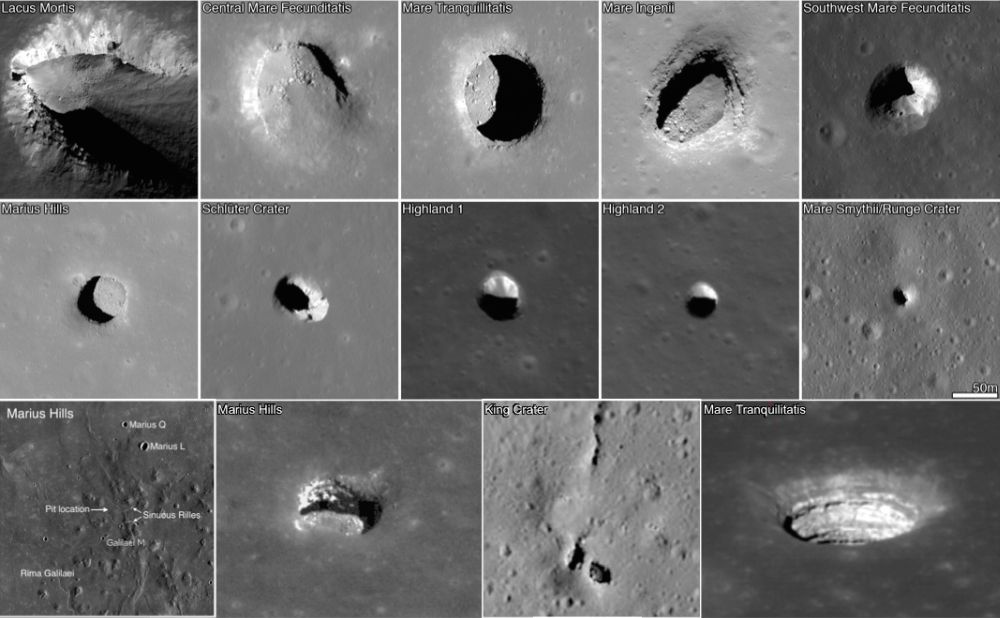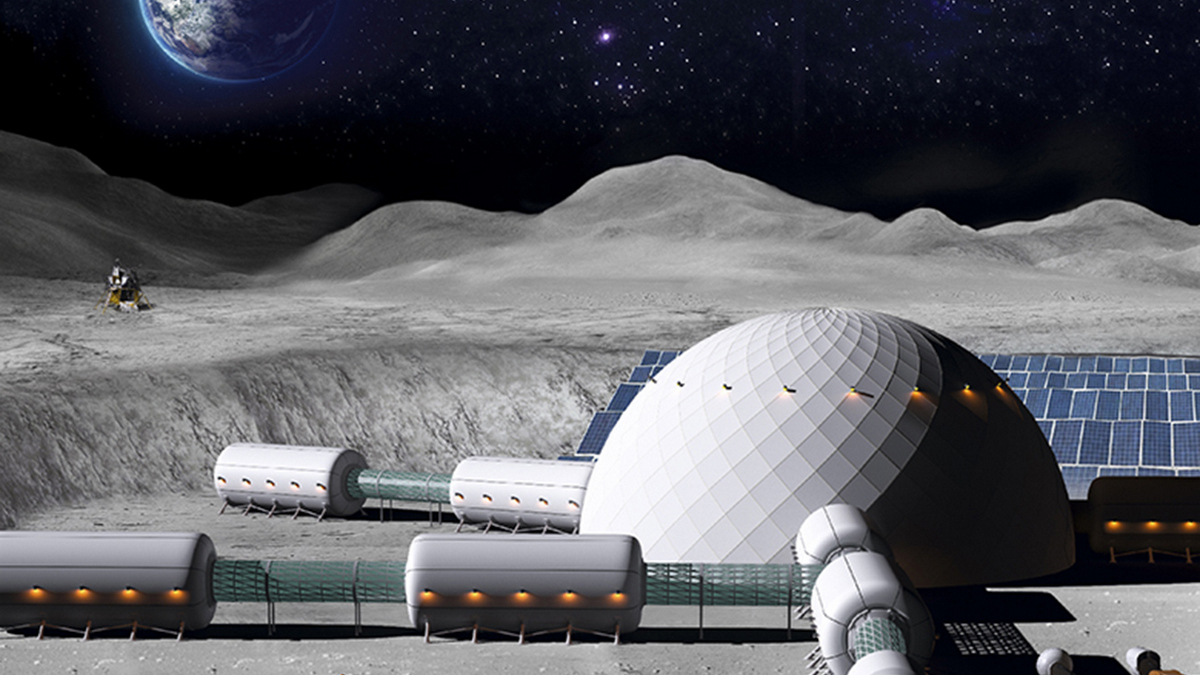Chinese researchers are studying the possibility of building a base for future astronauts to live in lava tubes under the surface of the Moon. A pretty exciting prospect that can one day allow astronauts to establish a more permanent presence on the Moon.

Scientists have long suspected that our natural moon is riddled with complex systems of hollow tube tunnels left by ancient lava flows when the Moon was active at the beginning of its evolution.
Our evidence is relatively limited so far. NASA’s lunar reconnaissance orbiter photographed hundreds of holes on the surface, which scientists suspect were left after the tunnel ceilings collapsed. But we still have to see these structures up close, if they exist at all in the form that we imagine them to be.

But if they really exist, international space agencies can use them for the benefit of future colonizers. Once in the lava tube, astronauts can hide not only from micrometeorites, but also from the dangerous levels of radiation that permeate the space rock without an atmosphere.
Chinese Moon Pioneers
During a recent conference, Zhang Chongfeng from the Shanghai Academy of Space Flight Technology said that future spacecraft and lunar vehicles would be able to explore these lava tubes, the state-run Xinhua news agency reported.
Zhang and his colleagues are studying lava caves in China to better understand their structure. The researchers suggest that in order to study the vertical entrances to these caves, space travelers may have to fly inside on a spacecraft first.

According to Xinhua, Chinese researchers have chosen the lava tubes at the Moon’s Mare Tranquillitatis and Mare Fecunditatis as their main targets. They suggest that we can explore the surrounding areas and openings with walking or wheeled robots capable of adapting to different environments. Zhang suggests that auxiliary spacecraft can fly into these caves to map walls and ceilings using radars.
The lunar base that will be created later may consist of several residential and research cabins inside the cave with a communication and energy node at the entrance, Zhang suggests. But it may take many years for Chinese Taikonauts to establish a base in one of these lava tubes.
Earlier, we talked about how long it took to fly to the Moon on a spacecraft.
Follow us on Twitter to get the most interesting space news in time
https://twitter.com/ust_magazine
